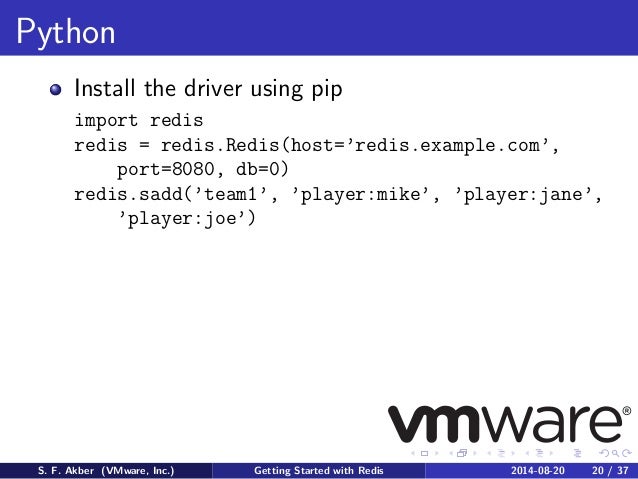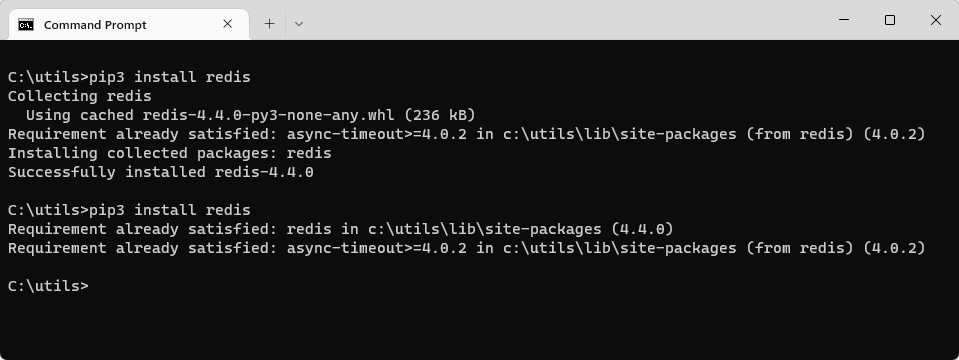

The queue object sets up a connection to Redis and initializes a queue based on that connection. In order to specify a config file use src/redis-server /path/to/nfĥ5154:M 16:41:18.970 * Increased maximum number of open files to 10032 (it was originally set to 2560). Set up the environmentĬreate a project directory in your terminal called “rq-test” to follow along.ĥ5154:C 16:41:18.968 # oO0OoO0OoO0Oo Redis is starting oO0OoO0OoO0Ooĥ5154:C 16:41:18.969 # Redis version=6.0.6, bits=64, commit=c10e5f1e, modified=1, pid=55154, just startedĥ5154:C 16:41:18.969 # Warning: no config file specified, using the default config. Using a connection to Redis, it’s no surprise that this library is super lightweight and offers support for those getting started for the first time.īy using this particular task queue, it is possible to process jobs in the background with little to no hassle. The RQ workers will be called when it's time to execute the queue in the background. RQ, also known as Redis Queue, is a Python library that allows developers to enqueue jobs to be processed in the background with workers. There are many task queues in Python to assist you in your project, however, we’ll be discussing a solution today known as RQ. Task queues are a great way to allow tasks to work asynchronously outside of the main application flow.
PYTHON INSTALL REDIS DOWNLOAD
If your operating system does not provide a Python interpreter, you can go to to download an installer. In this tutorial we will implement a RQ queue in Python with the help of Redis to schedule and execute tasks in a timely manner. This is incredibly helpful when managing heavy workloads that might not work efficiently when called all at once, or when making large numbers of calls to a database that returns data slowly over time rather than all at once.
PYTHON INSTALL REDIS HOW TO
The my-first-redis container is going to be referred to as redis within the second container.As a developer, it can be very useful to learn how to run functions in the background while being able to monitor the queue in another tab or different system. The command initiated a new Redis container ( my-second-redis), based on the initial redis image. Use the -link option to create and connect a new container to the existing Redis instance: sudo docker run -it -rm -name my-second-redis -link my-first-redis:redis -d redis Access Redis from Another Docker Containerġ. Change the path to match the location on your system. The location of the nf file in this example is myfirstredis/nf. If you have created a custom Redis configuration file, use the following command to load the file at container launch: sudo docker run -name my-first-redis -v /myfirstredis/nf:/usr/local/etc/redis/nf -d redis The nf file allows you to set up authentication, limit commands, and define other security-oriented settings. Type exit to close the connection with the Docker container. Once you have explored redis-cli commands, type quit to return to the container terminal interface.ĥ. A list of data types and commands is available in our comprehensive guide Redis Data Types With Commands.Ĥ. The result retrieves the previously defined pnap value.

You can retrieve the value using the unique key name and the get command: get name


 0 kommentar(er)
0 kommentar(er)
